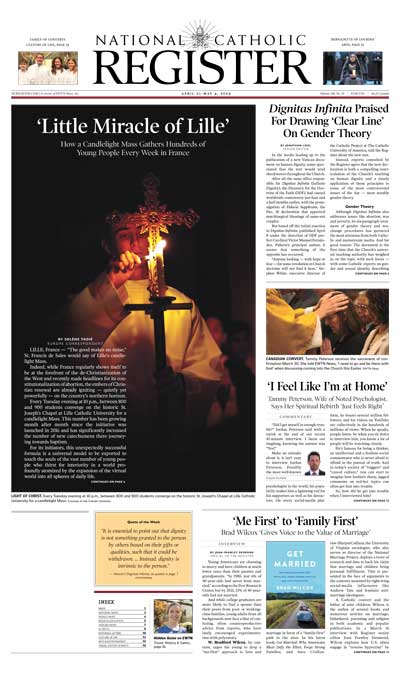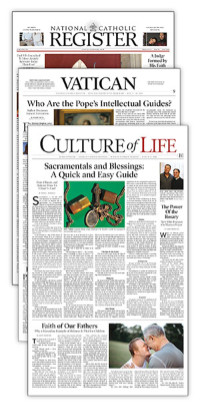Cardinal Pell: Benedict XVI Was Complete Opposite of the Caricatures of His Enemies
Cardinal Pell discussed Benedict's life and legacy on EWTN News In Depth.

Australian Cardinal George Pell, prefect emeritus of the Vatican Secretariat for the Economy and former archbishop of Sydney, shared in an interview with EWTN News in Depth what Pope Benedict XVI was like and stressed that the pope was completely the opposite of the caricatures that his enemies made of him.
The cardinal said that Benedict XVI was “a complete opposite of the caricatures of his enemies, especially before he became pope. And people actually saw what he was like.” His detractors called him “[God’s] Rottweiler, the Panzer Kardinal (Fighting Cardinal) and all that, which was absurd.”
The Australian cardinal emphasized that Benedict XVI was actually “a quiet, gentle, pious man, absolute gentleman.”
Asked how these characterizations affected Pope Benedict, Cardinal Pell said: “I think he was slightly amused; I don’t think it really bothered him because he was a highly intelligent man and he realized that it was just so far from the truth that they were irrelevant.”
“Now it’s not to say [that he wasn’t conservative],” Cardinal Pell continued, “he was conservative, but you see as Catholics it’s a bit difficult not to be conservative because we follow a man who died 2,000 years ago. And we say that he explained to us the secrets of life, this life and the next life.”
Asked about his reaction to the news of the death of Benedict XVI in Rome on Dec. 31, the cardinal said: “I was very sad” since “I had known him well enough, I admired what he was about, I thought he was very good for the Church and so it was sad to see another wonderful phase in Church history ending.”
- Keywords:
- cardinal george pell
- benedict xvi
















